Cash on the Hood: Huge Incentives Are Back, Baby!

As our own Tim Cain reported this morning, if not for the mid-sized truck sector, total U.S. new vehicle sales volume would have risen by less than one-tenth of one percent. Now, forecasters are reducing their outlook for the remainder of 2016, leading some automakers to start fighting the stagnating market by deploying aggressive incentives.
Sound dangerously familiar? It should. A quote from George Santayana is very appropriate at this juncture: “Those who cannot remember the past are condemned to repeat it.”
According to Automotive News, the Detroit Three spent $655 more per vehicle on incentives last month than in July 2015, an 18 percent increase. The average industry incentive in July was $3,225 – a year-over-year increase of $159 per vehicle sold.
Through July, incentives on full-sized pickups from Ford, Chevrolet, and Ram — traditionally a high incentive segment — were over $1,000 higher than in the first seven months of 2015. Yet, sales of the Silverado and Ford F-series declined in July, while Ram posted a gain of just 1.7 percent.
In seven months this year, automakers sold over 10 million vehicles to American consumers, nearly matching the twelve-month total of 10.4 million during the dark days of 2009. This past July was the fifth consecutive month in which sales topped 1.5 million units — the third time in history this has happened, according to numbers from the Automotive News Data Center.
As we well know, massive incentives was one of the reasons some automakers struggled mightily to post profits in the late ‘90s and beyond. A plateau is a comfortable and profitable place in which to find oneself. However, the auto industry is predicated on the ceaseless demand of year over year sales increases, so incentives are a quick and tempting fix to juice sales numbers. The trouble is, manufacturers have played this game before, and we all know how it ended. Today’s cartoon at Automotive News sums it up well.
[Frankieleon/ Flickr)

Matthew buys, sells, fixes, & races cars. As a human index of auto & auction knowledge, he is fond of making money and offering loud opinions.
More by Matthew Guy
Latest Car Reviews
Read moreLatest Product Reviews
Read moreRecent Comments
- ChristianWimmer Exterior and interior look pretty flawless for such a high mileage car. To me this is an indication that it was well-maintained and driven responsibly. It’s not my cup of tea but it’s bound to find an enthusiastic owner out there.And with ANY car, always budget for maintenance.
- Fred I'm a fan and watch every race. I've missed a few of the live races, but ESPN repeats them during more reasonable hours.
- Mikesixes It has potential benefits, but it has potential risks, too. It has inevitable costs, both in the price of the car and in future maintenance. Cars with ABS and airbags have cost me at least 2000 bucks in repairs, and have never saved me from any accidents. I'd rather these features were optional, and let the insurance companies figure out whether they do any good or not, and adjust their rates accordingly.
- Daniel Bridger Bidenomics working.
- Michael Gallagher Some math! The cost to produce US Shale derived oil is between $35 to $55/bbl. Middle East oil cost about $15/bbl. If OPEC wanted, they could produce more , driving oil prices below our costs and decimating our domestic industry. We have whispered in their ear that they should endeavor to keep the price above our cost, in exchange for political, economic and security favors. Case in point, during COVID when gas dropped below $2/gal , producers were losing money, Trump had to approach the Saudis requesting them to cut production to raise the oil price above our cost. If the global oil industry was truly competitive, our industry would be out of business very quickly due to our much higher cost of production. Those that long for those covid prices need to realize it would be at the expense of our domestic industry.


















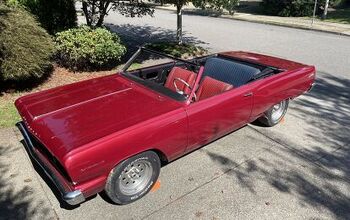
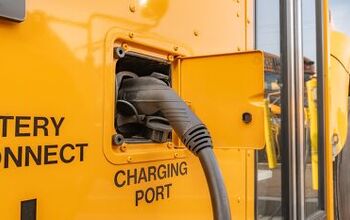
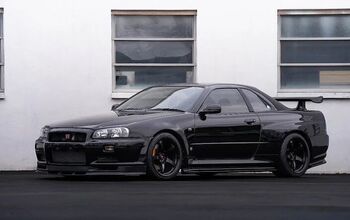
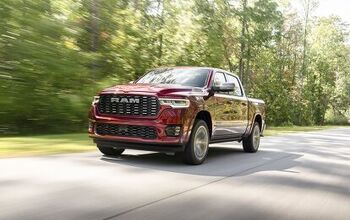

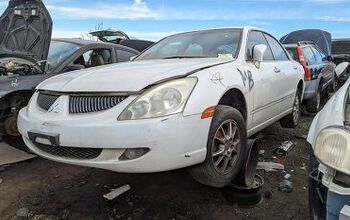
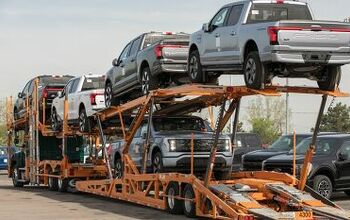

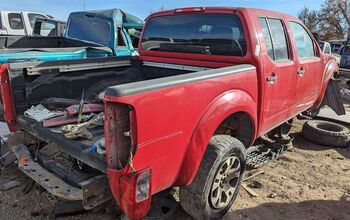

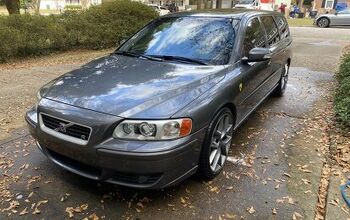
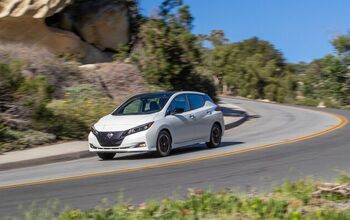
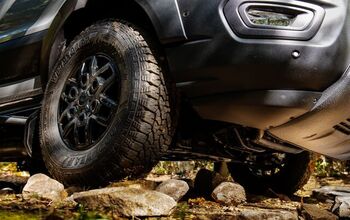


Comments
Join the conversation
No need to panic yet folks. The Big Three are much smaller & leaner than 2008/2009, so raising incentives do not automatically crush profits like they used to in the past. In addition, flexible factories assist the Big Three on managing their inventories; as a whole inventory is much better managed in the past. For example, look what FCA is doing with the 200 - instead of adding more and more incentives to it to keep a factory running like they would have done pre-2008, they killed it and moved product around to make better use of the factory capacity for models that are selling. None of the big three had that kind of flexibility pre-2008. Yes, they are adding incentives to help sell what they have already built or planned to build for 3rd qt, but most of the big three have already downgraded their forecasts for full year sales and are planning on build less product in the 4th qtr of this year. So, overall they are acting more sensible then they used to in the past.
If you want to make an intelligent column on incentives, you should include WHY these over-abundances of vehicles exist. They are caused by boom bust cycles which are caused by easy credit. Years of 0% financing (again) and ridiculous 72 month loans send signals to the market to buy more car than otherwise. This causes manufacturers to assume this is normal and ramp up production, just in time for the bust to come and leave them with massive inventories to get rid of.